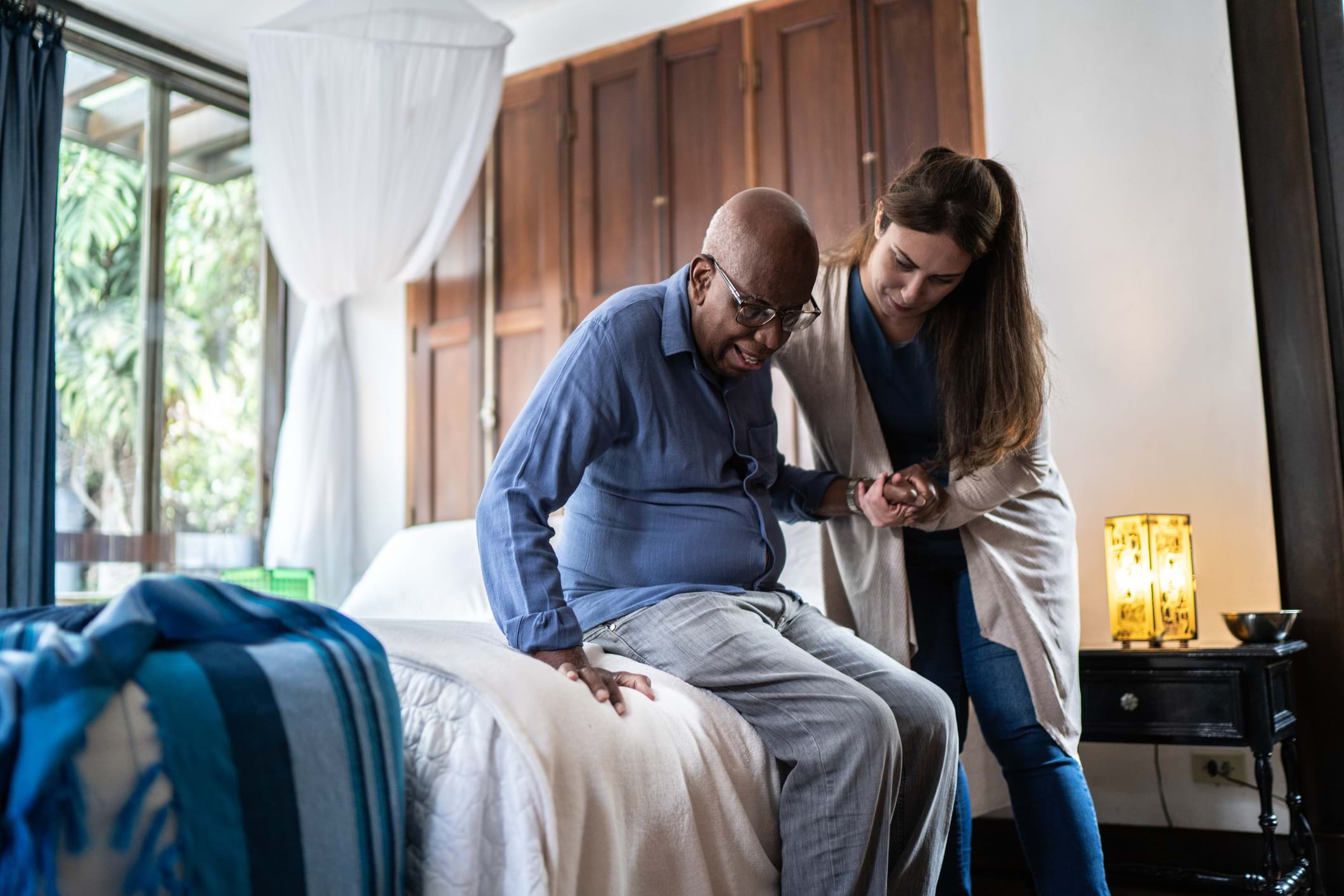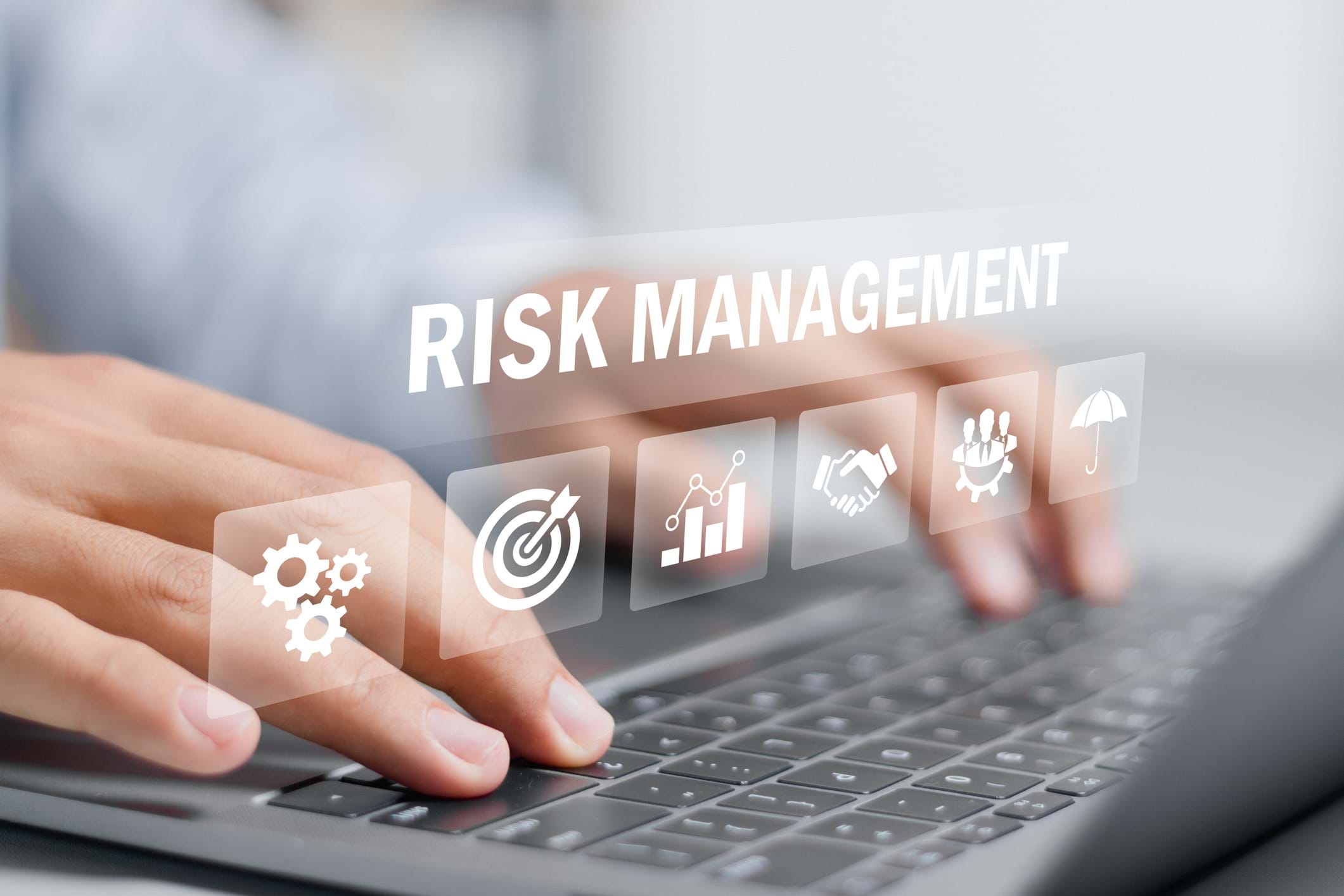An active shooter is a worst case safety scenario for any business or organization. It happens suddenly and is typically over within as little as 10 to 15 seconds, leaving victims and witnesses stunned as their lives have changed forever. Unfortunately, when we think of an active shooter situation, we visualize a school, movie theater, or place of worship. It’s hard to believe such a violent situation could arise in a health care setting, but nursing homes are prime targets for armed, disgruntled family members.
Legislation and Guidelines for Active Shooter Situations in Health Care
The Department of Homeland Security (DHS) defines an active shooter as an individual engaged in killing or attempting to kill people in a confined and populated space. Some states have passed legislation requiring nursing homes to implement active shooter guidelines. There will likely be similar federal legislation in the near future, but health care businesses should not wait for laws to dictate how your safety protocols should be structured. Tragedy can strike at any moment, and it’s important to have a proactive process in place to ensure the ultimate safety of your staff and residents.
Best Practices in an Active Shooter Situation
DHS recommends best practices for coping with an active shooter situation, such as being aware of your environment and any potential dangers, taking note of the exits nearest to you, remaining in your office and securing your door (if applicable), and as a last resort, taking down the shooter.
Preventative Measures for Nursing Homes to Mitigate Risk of Active Shooter Situation
It is important to remember, though, that the best practices for handling active shooter situations are reactive in nature and only cover the bare minimum of what must be done to mitigate the risk. In general, executives should follow DHS guidelines for active shooter situations. However, they shouldn’t stop there. Similarly, nursing homes need to be more proactive in mitigating the risk of an active shooter scenario from ever taking place.
The Graham Company recommends taking the following steps to prevent an active shooter situation from arising in your nursing home:
- Conduct a Vulnerability Assessment—In order to be proactive in preventing an active shooter situation from arising, you must first examine the risks in your facility. A vulnerability assessment goes well beyond what a typical risk management assessment covers. The vulnerability assessment carefully examines all threats to your organization with special attention to violence. Reach out to your risk management or safety consultant to learn more.
- Create a Disaster Recovery Plan—Similar to an elementary school fire drill, in the event of an emergency, your facility needs to be prepared to react. Be sure to develop a site-specific disaster recovery plan, and review this plan on a regular basis with people who know your business best, such as administrators, human resources employees, law enforcement personnel, and your insurance broker.
- Educate Employees—When an active shooter situation arises, there’s not a lot of time to communicate with your employees. Educate your employees in advance about how to react and respond to an active shooter situation by conducting periodic “learning” drills that involve role-playing. A real drill may be suitable for other businesses, but is not recommended for nursing homes as it could potentially frighten patients. Many of them may not be able to distinguish between a drill and an actual emergency situation.
- Assess the Threats—Another way you can educate your employees is to teach them how to assess threats in the workplace. By understanding the profile of an active shooter, employees can play a vital role in mitigating violence. Long-term care facilities should establish a facility policy that encourages staff to discuss or share potential situations that could become workplace violence situations.
- Meet with Your Broker—Proactivity is your best line of defense against an active shooter situation arising in your facility. Meet with your broker to discuss insurance recommendations for healthcare providers and the policies best suited for your business.







